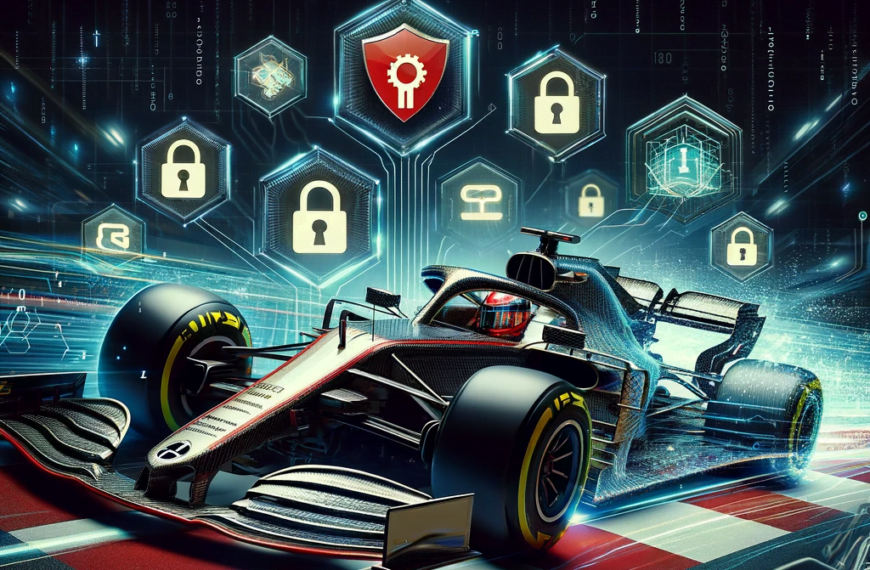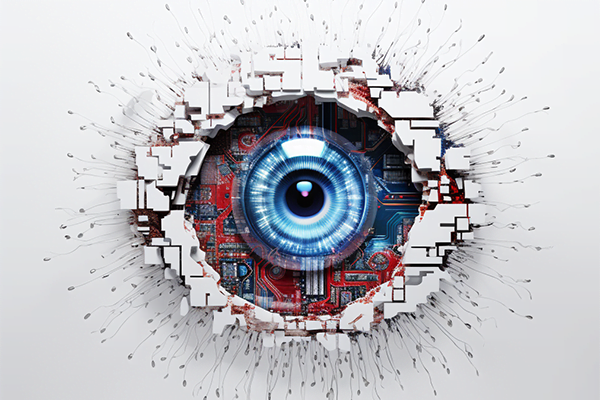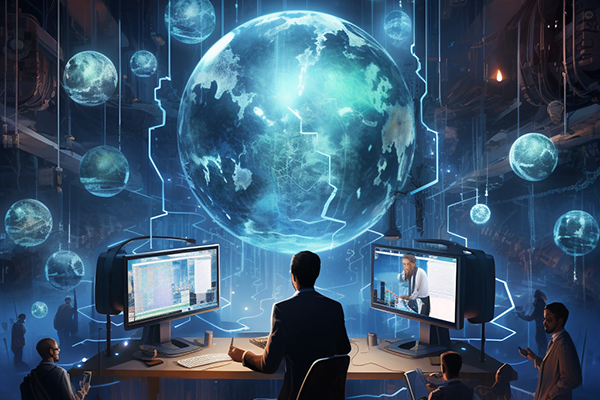
In recent years, the convergence of Industry 4.0 and the Internet of Things (IoT) has been transforming industries across the globe. As society becomes increasingly connected, the fusion of these two technological powerhouses has unleashed a new era of efficiency, productivity, and innovation. In this blog post, we will dive into the fascinating world of Industry 4.0 and IoT, exploring their definitions, key features, and the remarkable ways they are reshaping various sectors.
I. Understanding Industry 4.0:
Industry 4.0, often referred to as the fourth industrial revolution, represents a paradigm shift in manufacturing and production processes. It encompasses the integration of digital technologies, automation, data exchange, and intelligent systems, all aimed at creating smart factories and optimizing industrial operations. Key components of Industry 4.0 include cyber-physical systems, the Internet of Things, cloud computing, and artificial intelligence.
II. Demystifying the Internet of Things (IoT):
The Internet of Things, a pivotal enabler of Industry 4.0, is a vast network of interconnected devices embedded with sensors, software, and connectivity capabilities. These devices, ranging from smartphones and wearables to industrial machinery and appliances, can collect and exchange data, facilitating seamless communication and automation. By bridging the physical and digital worlds, IoT enables real-time monitoring, analysis, and decision-making, resulting in enhanced efficiency and new business opportunities.
III. Unleashing the Power of Synergy:
The integration of Industry 4.0 and IoT is a game-changer, propelling industries towards increased connectivity, automation, and intelligence. Here are some of the remarkable ways this synergy is transforming various sectors:
Manufacturing: Smart factories equipped with IoT devices enable real-time data collection, analysis, and predictive maintenance, optimizing production processes, reducing downtime, and enhancing overall efficiency. Automated supply chain management and robotics further streamline operations, ensuring seamless coordination and precision.
Healthcare: IoT devices in healthcare, such as wearable sensors and remote patient monitoring systems, enable real-time health data collection, remote diagnostics, and personalized treatment plans. This integration facilitates early disease detection, improves patient care, and enhances operational efficiency in hospitals and clinics.
Transportation and Logistics: IoT-driven systems in transportation enable real-time monitoring of vehicles, efficient fleet management, route optimization, and enhanced logistics. By leveraging IoT devices and data analytics, companies can reduce fuel consumption, increase operational efficiency, and deliver goods more effectively.
Energy and Utilities: IoT-based sensors and smart meters facilitate real-time monitoring of energy consumption, allowing better energy management, improved sustainability, and cost savings. Integration with renewable energy sources, grid optimization, and demand response systems further enhance the efficiency and reliability of energy systems.
IV. Addressing Challenges and Looking Ahead:
While the integration of Industry 4.0 and IoT presents immense opportunities, it also comes with certain challenges. Ensuring robust cybersecurity, managing complex data streams, and addressing privacy concerns are vital considerations in this interconnected ecosystem. Collaborative efforts between industry, government, and academia are necessary to establish robust standards, regulations, and frameworks.
Looking ahead, the potential of Industry 4.0 and IoT remains vast. Advancements in 5G networks, edge computing, artificial intelligence, and blockchain technology will further accelerate their impact, revolutionizing industries and unlocking new possibilities. As we embrace this digital transformation, it is crucial to prioritize ethical considerations, human-centric design, and sustainable practices.
Conclusion:
The fusion of Industry 4.0 and IoT marks a significant milestone in the evolution of industries worldwide. The power of connectivity, automation, and data-driven insights holds immense promise for increasing efficiency, productivity, and innovation. As we embark on this transformative journey, it is essential to embrace this synergy responsibly, with a focus on collaboration, security, and societal benefits. By leveraging the combined strength of Industry 4.0 and IoT, we can shape a future where intelligent, interconnected systems drive progress and create a positive impact on our lives and the world.



